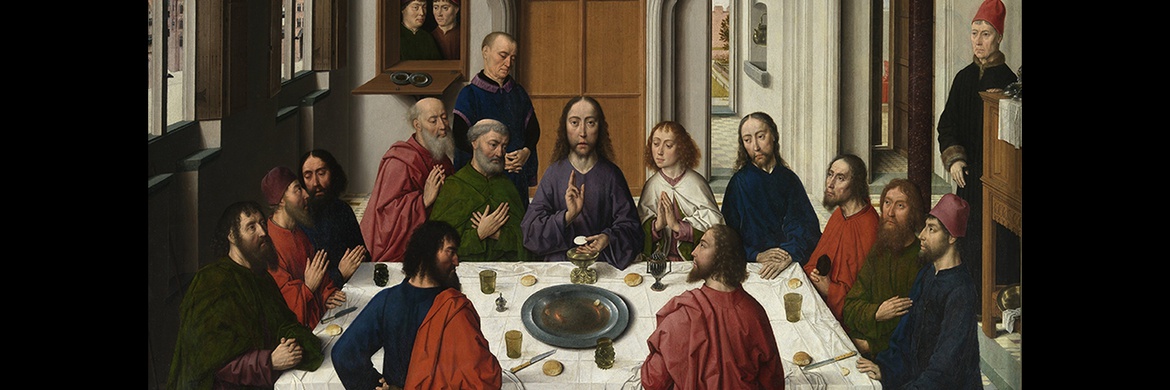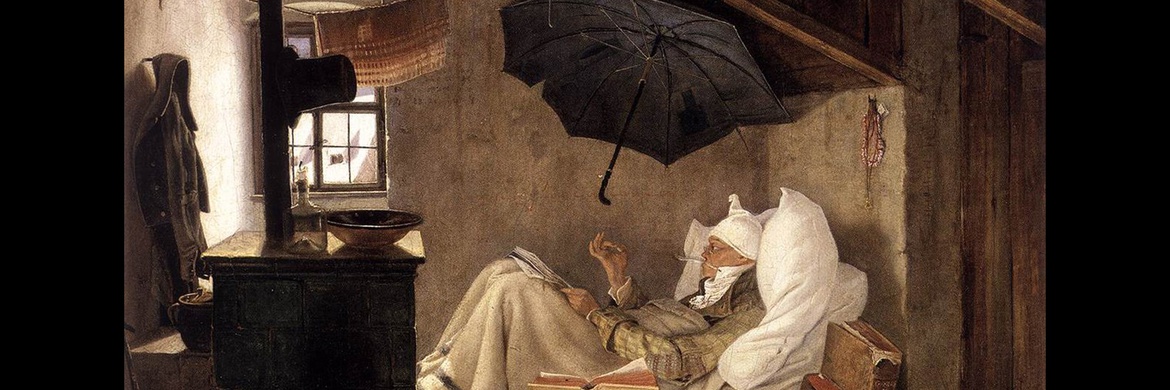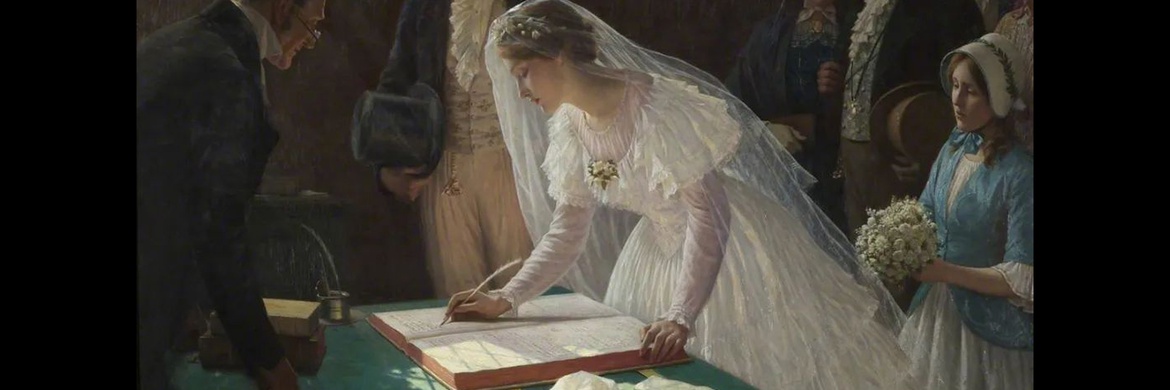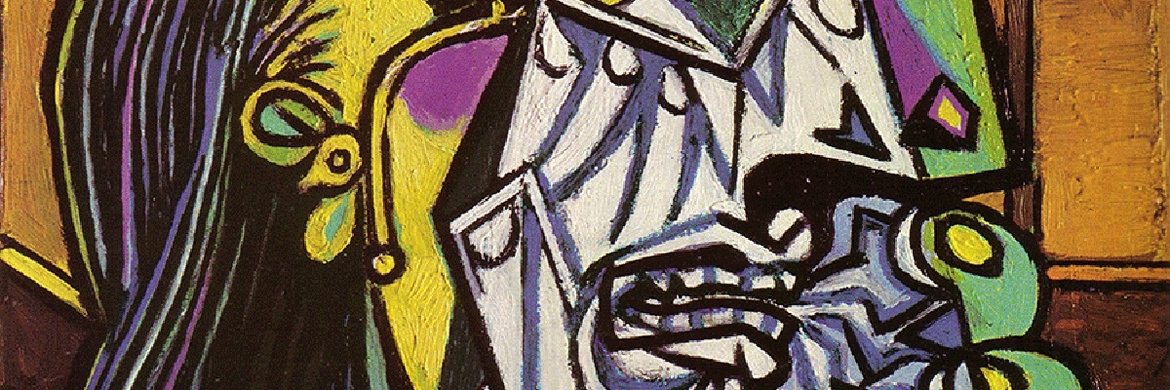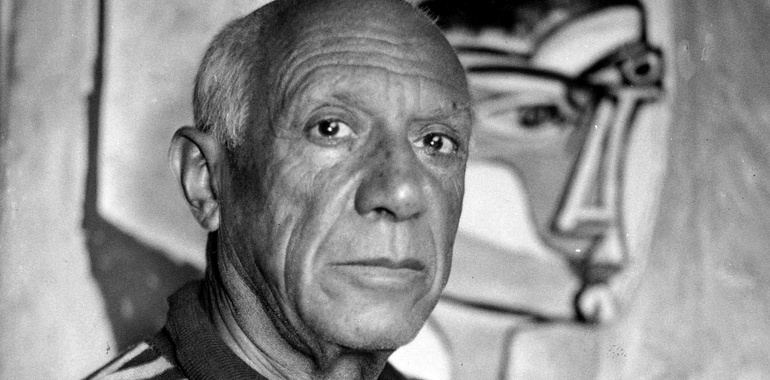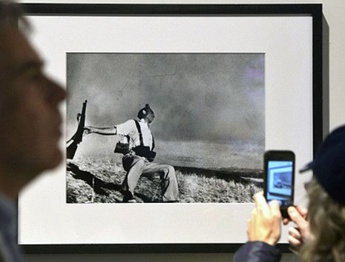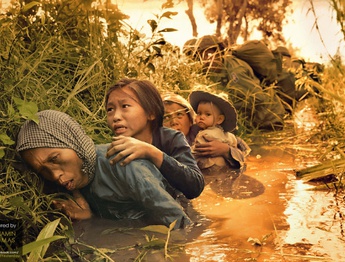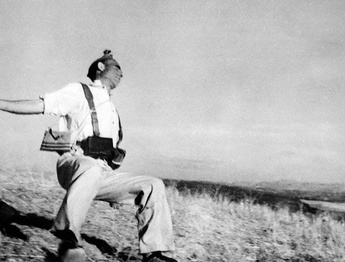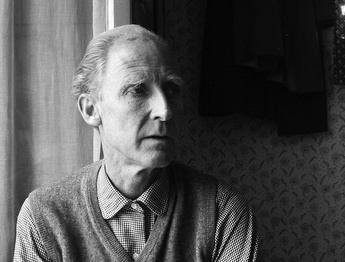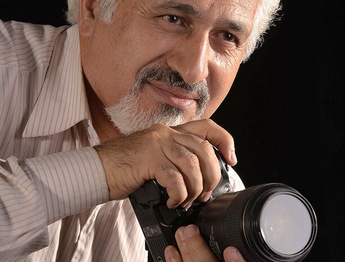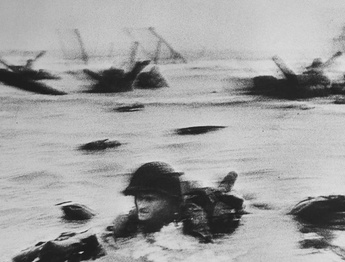War photographer David Douglas Duncan rang the bell of the famous Picasso house one day, leading to a 17-year friendship. One hundred photographs from Pablo Picasso's private world were donated to the Elysee Museum in Switzerland after his death in 1973 at the age of 91.

These are examples of the 25,000 photographs taken by David Douglas Duncan, an American war photographer who first met Picasso in Cannes in 1956.
Duncan's first photo of Picasso was bathing in his bathroom in La California, moments after the two first met.
Duncan was surprised to meet the great artist after ringing the bell at the entrance to the villa, hoping to get a picture of the world's most famous painter.
Duncan, who died in 2018, became a constant friend despite the difficulties he had in communicating with the Spanish-born painter. Picasso did not speak English and laughed as much as Duncan knew Spanish. But Duncan, who covered the Korean War as a news photographer, allowed himself to travel as often as he wanted to Picasso's various homes during a 17-year friendship. Despite being fully aware of his legacy and perhaps becoming one of history's most famous photographers, Duncan claimed that Picasso did not pose or want to be photographed in any of the scenes. A man who was called a master during their friendship, instead said to him: You take a picture, I will paint.
Duncan photos were taken with a custom camera (Leica M3D) with very quiet shutters so as not to disturb Picasso while working.
In 2012, in response to a question about the artist's work habits and personality, Duncan told the French newspaper Le Monde that he could not reconcile the claims of misogyny with a man he knew, calling him a "Spanish gentleman".
Duncan recalls: For this one (the painting - Les Baigneurs -) Picasso spent two days and two nights non-stop painting. He stood and sat motionless in front of the painting for half an hour, just looking at it and putting one hand on his head, without moving! "One day when I was there, someone asked him which period of his work he liked the most, the blue period, the rose period, Cubism, and so on. Picasso reached out, spread his fingers, and replied, "Well, which of these five fingers do you prefer?" "I personally need them all."
Pablo Royce e Picasso of Spain (October 25, 1881 - April 8, 1973) was a Spanish painter, poet, set designer, sculptor, engraver, and ceramicist, and one of the most influential artists of the 20th century. Together with the French painter and sculptor Georges Brock, he created the style of Cubism. His most famous works are The Maidens of Avignon and Guernica. Picasso spent most of his life in France. He is considered one of the most important artists of the twentieth century due to his research, innovation, prolific work and influence on his contemporaries.
He was born on October 25, 1881, in Malaga, Spain, and was baptized Pablo Diego José Francisco de Paula Juan Remedius Trinidad Royce e Picasso. He was the son of an educated painter, Jośe Ruis Blanco, and Maria Picasso, who changed his name to his mother's in 1901. Pablo became interested in painting as a child, and from the age of ten he learned the basics of painting from his father, who was an art school teacher, and entertained his friends by drawing without picking up a pen or looking at paper.
He and his family moved to Barcelona in 1895, where Picasso studied at the La Lonja Academy of Fine Arts. Early in his career, his visits to various artistic venues and groups until 1899 greatly influenced his artistic development. He completed his studies in France. He studied portraiture with his father, a master of painting, and settled in Paris in 1903. In 1906 and 1910, he co-founded the school of Cubism with George Brock. Georges Brock was one of the first to put pins and nails together, and Picasso added boards and other things. Picasso gained a lot of fame in his style and gained a lot of followers.
He died of a heart attack on April 8, 1973, while having dinner with his wife Jacqueline Rock. He was proficient in sculpture, wood carving, pottery, ceramics, lithography and architecture. Picasso introduced the school of Cubism to painters along with Georges Brock, and introduced the art of mixing color on the canvas to the art world.
His first period of art in the categories is "Blue" and "Rose". During the "Blue" era, his style often consisted of blue shadows drawn from objects, only half of which were depicted. During the Rose Age, he shifted from blue to pink, and his paintings became closer to the real world. He then turned to Cubism, in which he depicted objects in simple geometric shapes. Picasso's last period of work was the Surrealist period, which began in 1924, but always kept its distance from the Surrealists. Picasso and the world's surrealist artists agreed on fundamental principles, meaning that "art is able to show what nature and reason cannot express"; But there are many fundamental differences between Picasso and the Surrealists: They believe that Picasso is highly dependent on the outside world and the subject, and is far removed from the world of illusions and dreams.








